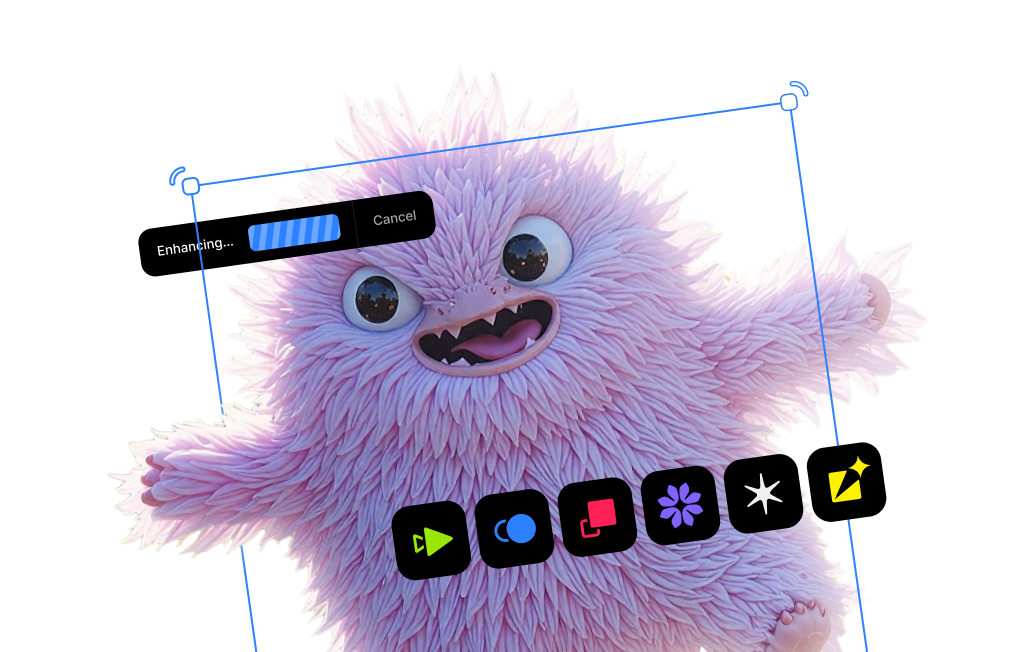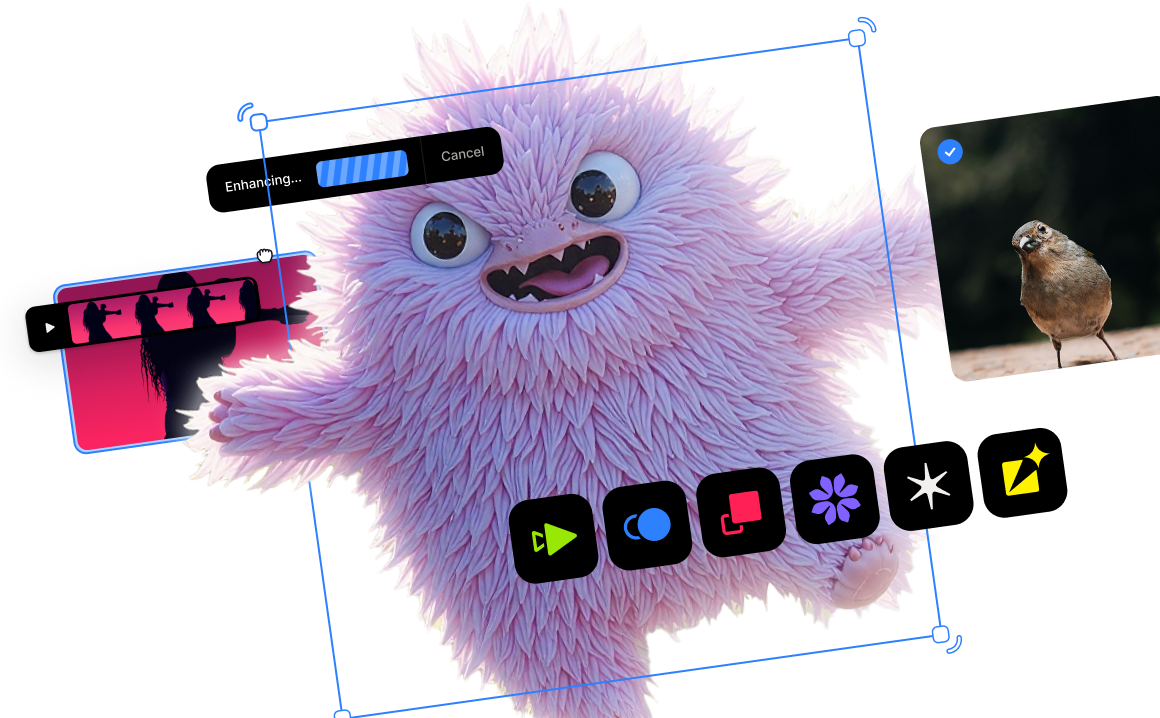5 Pro wildlife photography tips to get amazing images

These 5 wildlife photography tips will improve your wildlife photos from snapshot to gallery-worthy in no time. I’m not going to cover the usual suspects of how to photography wildlife like the rule of thirds, the exposure triangle, and so on as those topics have been covered ad nauseum. You’re here for the secret sauce, the one or two nuggets you may not have thought about that are going to transform your average wildlife images into wall hangers. Here are 5 pro tips For taking better wildlife photos:
4. Backgrounds | Make It or Break It
Tips For Using Light In Your Wildlife Photography
I consider lighting to be one of the most important ingredients when discussing how to take a wildlife photo because it will hold the attention of your viewers and create that “wow” factor. What is the best kind of light for photographing wild animals? Did you immediately think of the golden hour? It’s a great answer, and a very common one, however, it does not go far enough. Imagine you woke up early and you’re on location with the sun just rising, the light is a beautiful golden color and you have a loon in your sights. Now what? Knowing how to use the light that is available to you in any given situation is one of the best tips for photographing animals that you’ll ever receive.

Using the bubbling loon image as an example, three lighting possibilities may have been present. The sun can be behind the camera as it was in this image, or coming from the left or the right or directly behind the subject. Of course, for the last two, I would have to be afforded the time to position myself according to the direction of the sun. Such was not the case with this loon as it was churning up the water for take-off. I suggest you get your images with most birds and critters with whatever light is present before the subject flees. However, if your subject is tolerant of your presence and you have a few good images on your card, think about whether positioning yourself differently would allow you to capture other types of available light.
I guarantee this tip alone will make a tremendous difference in the quality of wildlife images you produce. Next time you’re shooting with other photographers, make a mental note of how many of them ever move from one location to another. Those that you do see moving, pay close attention to what they are doing. There is a good chance that they are taking advantage of the light, either that or looking for a more appealing background.

Axial Lighting (Sun At Your Back) – I’m going to go out a limb here and say that 95% of wildlife photographers place the sun at their backs when photographing their subjects. It illuminates your subject, foreground, and background and generally yields very good results. However, it does lend itself to capturing “me too” images unless the behavior of the animal or bird is very unique.

Back Lighting – Backlight is one of my favorite types of light to work with when it is available. It requires the sunlight to be behind the subject rather than in front of it. It works particularly well at providing rim lighting around your subject as depicted in the heads and necks of the five trumpeter swans. It can also be employed on subjects that have a degree of translucency as it allows the light to play through the subject. A great example of this can be seen in this backlit snowy owl image.

PRO TIP
One of the most effective uses of backlighting is to place your subject against a dark background to help it stand out. Notice how the plumage in the tail feathers against the dark background is more effectively lit. This image would be stronger had the entire background been dark. Be aware if you are using matrix or evaluative metering that the camera will be trying to expose for the dark background thus brightening the overall image and losing the backlit effect we are trying to achieve. As such, you will need to intentionally underexpose the image.
Side Lighting - Side lighting is light that falls on a subject from the right or the left at approximately 90 degrees to the camera. One side of the subject will be in the light and the other side in shadow as seen in this photo of a white-tailed deer.

Of the three directions of light, side lighting creates the strongest sense of shape and texture, conveying a 3D dimensional quality to the image.
PRO TIP
For best results when taking wildlife photos, side lighting should be used when the sun is low in the sky and your subject is against a background that is free from distractions. Shoot wide open with the widest aperture you have available to blur the background and isolate your subject.
The Color of the Light

Dusk and Dawn are most often the preferred time of day for photographing wildlife. Why is that? The reason is that the sun is low in the sky and it casts warm color temperatures yielding golds and magentas. Those soft, warm colors are especially appealing and also complementary to so many of the wildlife subjects we photograph.
In contrast to the golden light of morning as depicted with the bubbling loon, the image of the snowy owl was taken at dusk when the sun had all but fallen below the horizon. The magenta tone captured in this photo is so much more appealing than a plain blue sky.
Additional Considerations:
Besides the best light, there are other reasons why the beginning and end of each day are conducive to capturing great wildlife images. This is the time of day when many of the wildlife species we are photographing are active. Ever try to get an image of a screech owl with its eyes open during the day, good luck with that.
Secondly, with the sun low in the sky this time of day, harsh shadows are less of a concern. The light is softer and more of that light will be focused directly on the face of your subject than at other times of the day.
PRO TIP
If you want your wildlife imagery to stand out, pay attention to the catchlight in your subject’s eye. It will happen when your subject turns its head towards the light source, watch for it. Take a really hard look at the image of the bubbling loon. The bubbles surrounding the loon are the main attraction but ask yourself how powerful that image would be without that catchlight in the eye.
All three of the snowy owl images in this post were taken in the same shoot. Full sun during the day lent itself to good axial light. As the sun got lower in the sky backlit images became a possibility. Finally, as the sun was setting a lovely magenta hue filled the sky. Each image is very different than the next and it is all on account of the changing light conditions. Learn to master light and you’re well on your way to capturing the front cover of National Geographic.
The adage, "when life gives you lemons, make lemonade" is a great saying to kick off this next tip covering settings for wildlife photography. On this particular day, I was sitting in a field observing a snowy owl. It was a very dreary dull day, the kind of day you’re not expecting to capture anything worthwhile. I couldn’t get to a shutter speed high enough to freeze the motion without pushing my ISO up into an unusable range.
PRO TIP
Speaking of wildlife photography settings, to freeze action with birds in flight make your go-to shutter speed 1/3200th. Even faster for small songbirds and hummingbirds.
When the light is not in your favor you can pack it up and head home or try something outside of the box. I decided to drop my shutter speed to 1/80th to see what an intentional wing blur would look like. I was pleasantly surprised by the resulting image.
Next time you’re out and the light begins to fade, try lowering your shutter speed into the 1/60th & 1/80th range to see what you get, the result may surprise you.
You can expect that your keeper rate when shooting like this will be extremely low. All you’re looking for is one image where the eyes are in focus and the wings look like they’ve hit warp speed. This image required sharpening of the eyes in post, noise reduction, cropping, and enlarging. I could not have successfully rendered this image without processing it in Topaz Denoise AI, Sharpen AI, and Gigapixel AI. These three products are part of my editing workflow and I highly recommend them.

How you choose to portray your subject will directly impact the power of your image. Using this image of the timber wolf pack as an example, there are several ways to render this image. You could shoot it with your lens stopped down to say f/11or f/13 and have the entire wolf pack in focus. I chose to intentionally shoot it wide open to place focus on the alpha wolf leading the pack and blur out the rest of the pack.
There is no right or wrong, personal preference comes into play with wildlife photography. The point of this tip is to get you thinking about the different ways you can use DOF to create more powerful images.
PRO TIP
Anytime you have multiple subjects that are NOT on the same focal plane, think about DOF. Example: If you are photographing a loon feeding two chicks and want to have the eyes of all three in focus you’ll need to stop down your lens. Just be aware that stopping down will render whatever is in the background in focus as well.

When it comes to wildlife photography tips, clean backgrounds rival lighting for the top spot. It doesn’t matter how perfectly composed the subject is, if the background is busy and competes for the viewer’s eye, the image fails. When it comes to backgrounds, this is a case of less is more unless the background enhances the overall image. This is often the case with wildlife images that are composed to highlight the environment.
In wildlife photography, the main point of interest is whatever subject we are shooting, that comes to us instinctively. What is behind the subject matters just as much, and it should complement your subject, not distract from it.
PRO TIP
For images where you wish to have the background out of focus, the further your background is from your subject, the more out of focus it will be. Shooting wide open, like f/2.8 or f/4 also goes a long way to providing lovely blurred bokeh’s.
When you’re composing a wildlife image, there are a few things you’ll want to be thinking about as it relates to backgrounds. Is this a background that compliments your subject? If yes, do you want it in focus or out of focus? If it is a distracting background, can you move to the right or the left to find a more pleasing background?
Let’s look at a few sample images to drive this point home. Take a look at this first image of a merlin. It’s the first time I’d ever photographed a merlin in the wild so I was pretty excited. It’s a good image to show folks what a merlin looks like but that’s about it.

The bright light pouring through on the right draws the viewer’s eye away from the merlin. The cedar branches on the left in the background and the busy branches that make up the perch all detract from the beauty of the merlin. That makes this image one that is headed for a date with my delete key.
What if I had been able to get closer to my subject would that have yielded a better result? Perhaps, but there was no way for me to get closer to this merlin without scaring it off. This is where the magic of Topaz Gigapixel AI comes into play. I was able to crop the original image, and then enlarge it by 600% without losing any detail.

Naturally, you should always try to capture wildlife images without the need to crop in on the subject. That was possible with this photo of a timber wolf. With the silky-smooth orange bokeh of Autumn that is slightly darker than the wolf, your eye is immediately pulled into the subject’s eye. Sometimes it all comes together, that’s the dream.
Backgrounds play are a large part in what will make or break a wildlife photo. If you want to elevate your game as a wildlife photographer, focus on your subject first and then turn your attention to the background.

Today’s cameras have opened up possibilities for wildlife photographers to capture amazing 4K and even 8K recordings. Video lets you share a visual story that often can not be captured in a still image. I’m not saying that you can not tell a story with a still image, the fact is that should be the goal of any image you take. Create images that hold your audience’s attention, that allow them to imagine how the scene might have unfolded, and the number of stories that will emerge is endless.
Allow me to present an alternate path for you to consider. Imagine me telling you about a Northern Hawk Owl that landed on a snow-covered evergreen. Do you think you’d have more appreciation for the experience of watching that scene unfold from the video or a still image? I’ll leave that for you to decide. Below is the 4K video of that scene with the Northern Hawk Owl. Click on the image to begin the playback.
Now that you’ve watched the video, here’s a still image from that experience. Most people would agree that your viewer would be more immersed in the story by watching the video.
The Best of Both Worlds
How cool would it be if you could shoot a video and capture still images from frames within your video? It is entirely possible. I used Topaz Video Enhance AI to pull this frame from my Northern Hawk Owl Video. The resulting TIFF image is 3140x2860 and is 47.4 MB.

I’ve started to use this workflow in my wildlife photography. This technique allows me to share the story with my subscribers while at the same time creating still images for people to view on my wildlife gallery.
Video Enhance AI Instructional Video
For those of you interested in learning how to extract a still image from a video, I have provided a simple step-by-step video guide. Click on the image to begin the playback.
Conclusion
Following these 5 wildlife photography tips is a sure-fire way to improve your images. Be patient, it takes countless hours in the field to master these skills. If you spend the time, you will be rewarded with wall hangers you can be proud of. Who knows, maybe one day you’ll see one of your images on the cover of National Geographic.
Try our AI-powered applications out for yourself
Visit our product pages for DeNoise AI, Sharpen AI, Gigapixel AI, and Video Enhance AI and click on the "Try for Free" button to download free trials that never expire.




.png)
.png)
.png)




